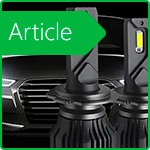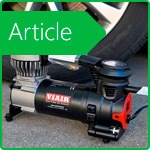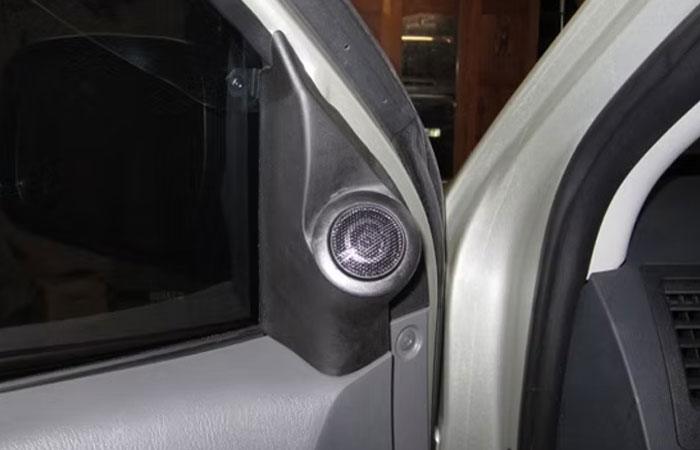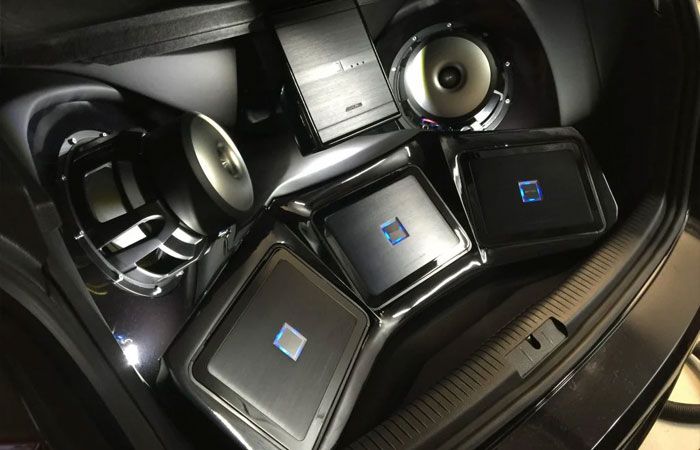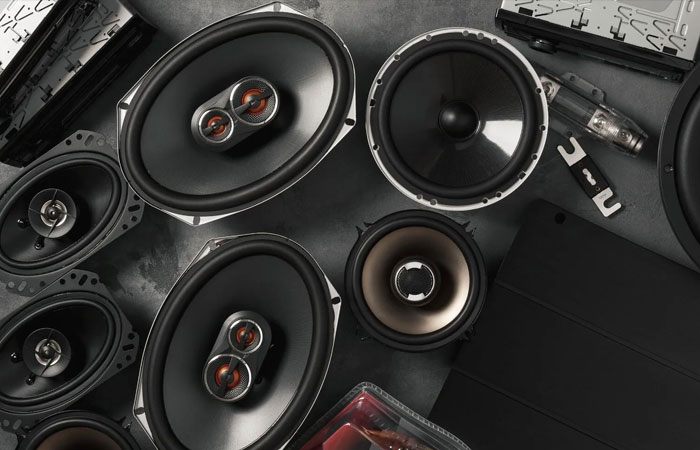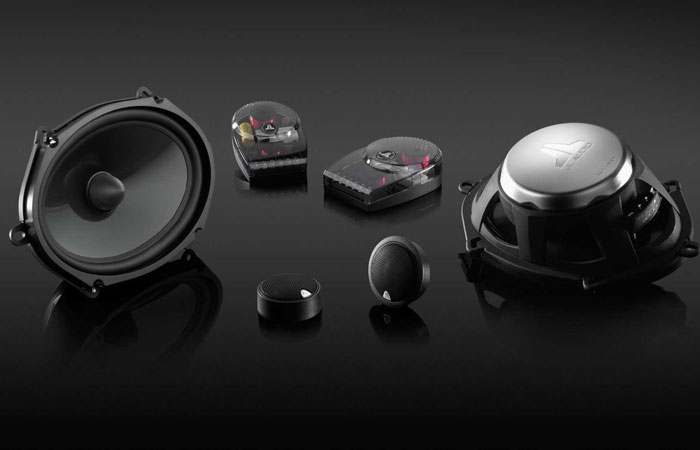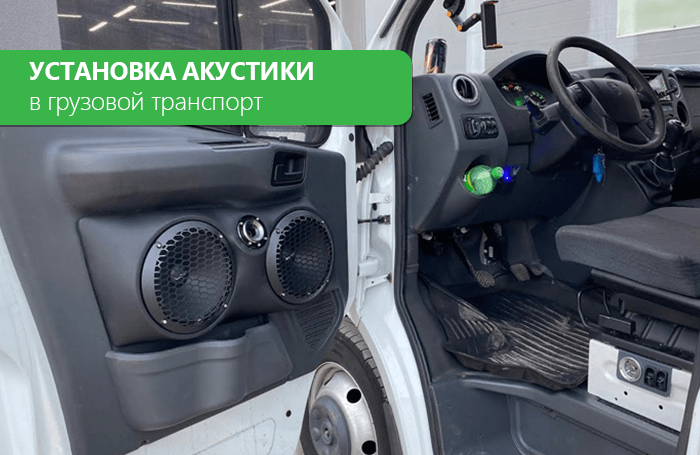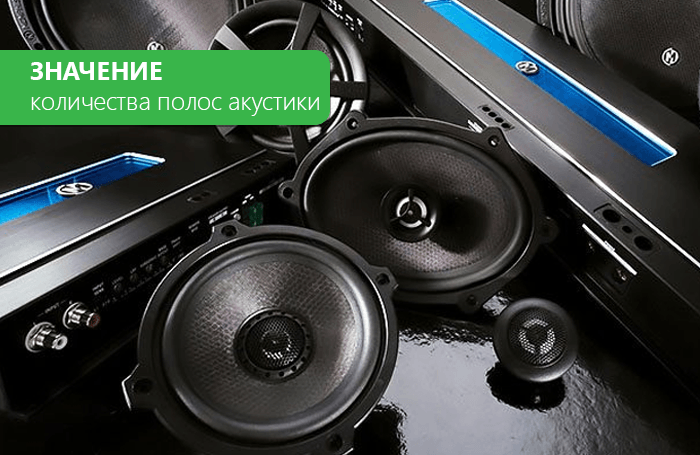Top 5 Mistakes When Installing Car Speakers
Installing new speakers in a car is a big step toward better sound. But even expensive speakers can perform worse than factory ones if installation mistakes are made. This article covers the five most common errors seen among both beginners and experienced installers — and how to avoid losing sound quality, time, and money.
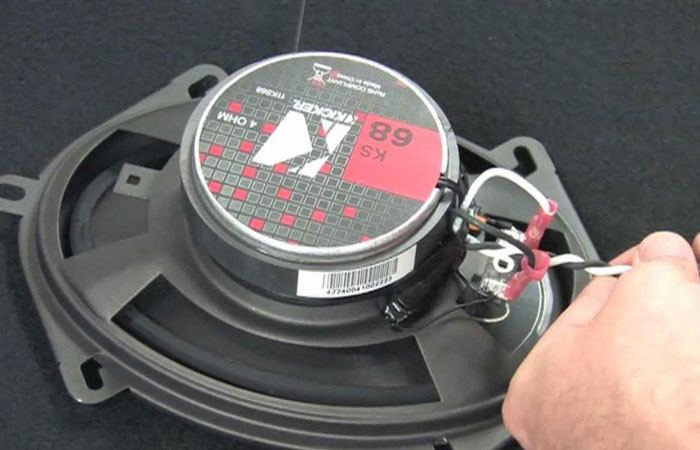
1. No soundproofing
This is the most common and underestimated mistake. Without soundproofing, doors act like resonators: they amplify rattles, lose bass, and create extra vibrations.
What happens: part of the speaker's energy is wasted on vibrating the metal, and the sound becomes flat and weak. This is especially noticeable in the lower frequencies.
How to fix: apply vibration- and sound-absorbing materials inside the door panels. This improves sound quality and makes the cabin quieter overall.
2. Incorrect tweeter placement
Tweeters (high-frequency speakers) are directional. If they’re aimed at the floor or door pillars, highs are lost and the soundstage shifts.
What happens: vocals sound muffled, detail is lost, and the sound "drops down."
How to fix: install tweeters at ear level — in the A-pillars, mirror mounts, or top of the door panel. Ideally, with an adjustable mounting angle.
3. Power mismatch between speakers and head unit
Connecting high-power speakers directly to a low-powered head unit doesn’t work. It won’t be able to drive them properly, and the sound will be weak and lifeless.
What happens: low volume, no bass, sound "chokes" at higher levels.
How to fix: check the RMS power ratings of both the speakers and the head unit. If the speakers require more — install an amplifier.
4. Using factory wiring
Most stock car wiring isn’t designed for upgraded or component systems. Thin or corroded wires and weak contacts can cause signal loss or overheating.
What happens: distortion, interference, signal drop at higher volumes.
How to fix: use speaker wire with a minimum cross-section of 1.5 mm², solid terminals, and soldered or crimped connections instead of twists.
5. Mounting directly into bare metal without spacers or pads
Some people install speakers directly into the metal door panel without any insulation or mounting ring. This leads to vibration, frame misalignment, and poor acoustic performance.
What happens: rattling, weak bass response, possible damage to the speaker basket.
How to fix: use plastic or wooden speaker spacers, seal the mounting surface, and make sure the speaker is seated evenly.
Conclusion
Great sound in your car isn’t just about good speakers — it’s about proper installation. Mistakes during the install process often cancel out the potential of even high-end components. A thoughtful approach, soundproofing, and correct tuning are the keys to rich, clean sound.
-
 Car speaker Hertz DSK 165.3Buy4040 ₴
Car speaker Hertz DSK 165.3Buy4040 ₴ -
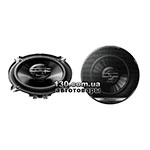 Car speaker Pioneer TS-G1320FBuy1487 ₴ 1289 ₴
Car speaker Pioneer TS-G1320FBuy1487 ₴ 1289 ₴ -
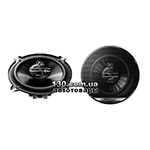 Car speaker Pioneer TS-G1330FBuy1642 ₴ 1439 ₴
Car speaker Pioneer TS-G1330FBuy1642 ₴ 1439 ₴ -
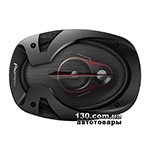 Car speaker Pioneer TS-R6951SBuy2735 ₴ 2339 ₴
Car speaker Pioneer TS-R6951SBuy2735 ₴ 2339 ₴










